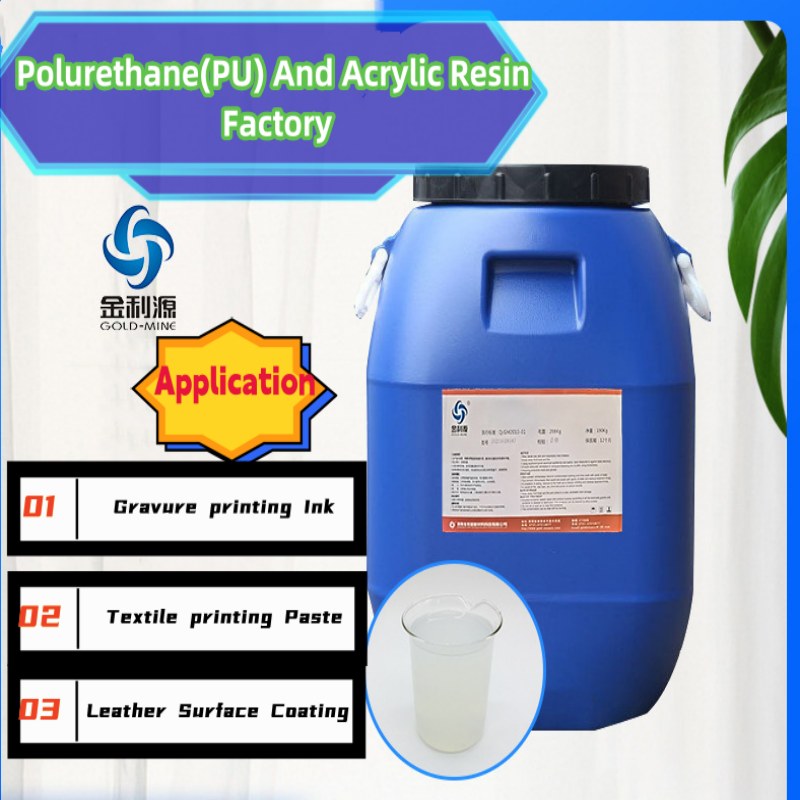On the impact that water has on waterborne polyurethane, we can delve into it from two perspectives. Firstly, water can penetrate between the molecules of waterborne polyurethane, resin and this effect is similar to that of a plasticizer. In this process, water undergoes hydrogen bonding interactions with the polar carbamate groups in the polyurethane molecules, resulting in a significant reduction in the hydrogen bonding effects between the main chains of the original polymer, thereby causing a notable decline in the physical properties of the waterborne polyurethane resin. However, this phenomenon of water absorption is reversible, that is, it belongs to the category of physical changes. When we treat the waterborne polyurethane resin through drying and dehydration, its properties can be effectively restored.

On the other hand, there is also a chemical change between water and waterborne polyurethane, which is irreversible. In the various types of hydrolysis processes of waterborne polyurethane, the hydrolysis phenomenon of polyester polyurethane is particularly evident. Specifically, when the ester groups in the main chain of the polyester polyurethane undergo hydrolysis, two shorter chains are generated, one of which has a hydroxyl end, while the other has a carboxyl end. It is worth noting that this carboxyl has an acidic property, which can further promote the hydrolysis of other ester chain links, forming a self-catalytic chain reaction. In addition, some alkaline substances, such as urea and ammonia types, as well as catalysts used in the preparation of waterborne polyurethane, such as dibutyl tin dilaurate and stannous octanoate, if they remain in the polyurethane system, can also serve as catalysts for hydrolysis.
The hydrolysis process of waterborne polyurethane resin also varies depending on the type. Since the ester groups in polyester polyurethane are prone to hydrolysis, the hydrolysis effect mainly manifests as the breakage of the main chain, resulting in a significant reduction in the molecular weight, a sharp decline in tensile strength, and elongation. However, for polyether polyurethane, due to the good hydrolysis resistance of the ether groups and the carbamate groups, its hydrolysis effect is manifested as the gradual breakdown of the crosslinking, with the molecular weight gradually decreasing, and the tensile strength decreasing relatively slowly, while the elongation initially increases and then decreases.